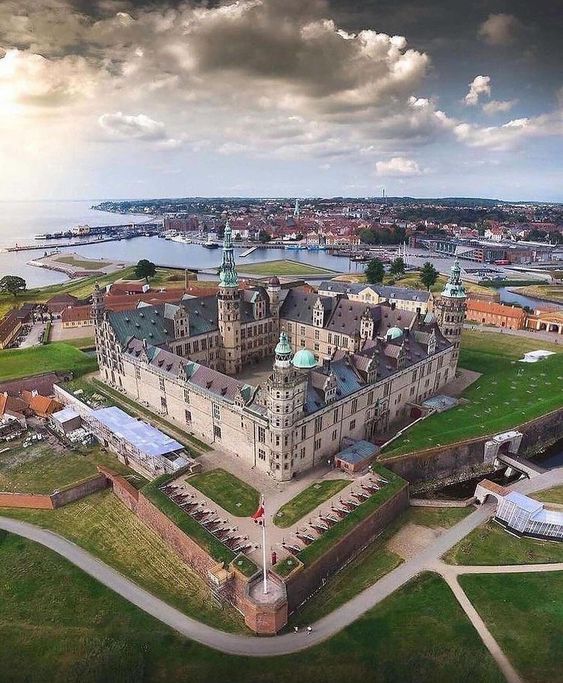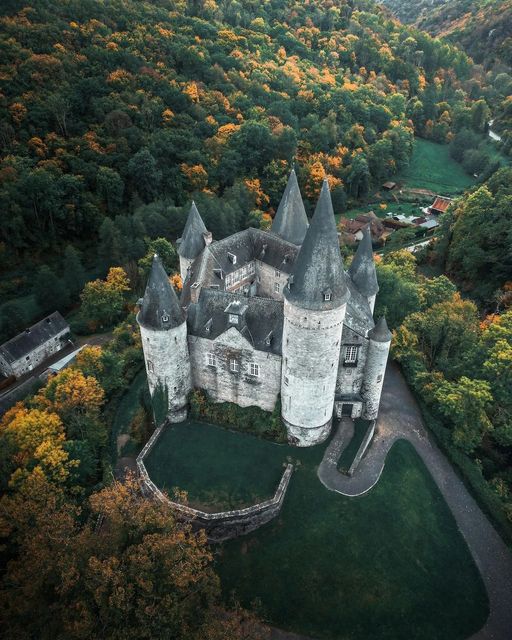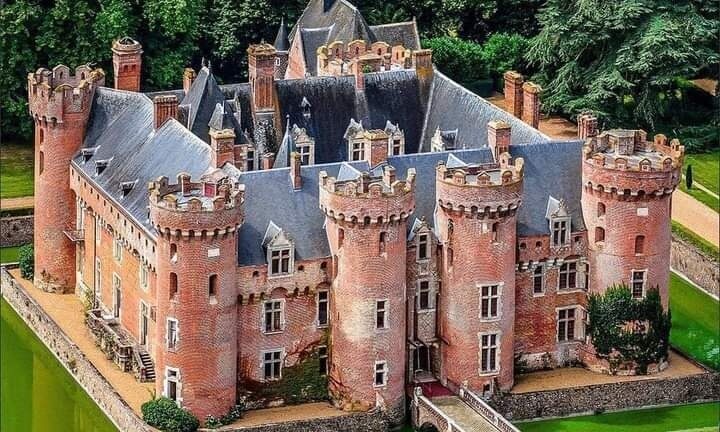The Castillo de Coca is a prominent medieval castle located in the province of Segovia, Spain. Constructed in the 15th century, this fortress is an exceptional example of Gothic-Mudéjar architecture, combining elements of both Islamic and Christian design traditions. The castle was commissioned by Alonso de Fonseca, the Archbishop of Seville, and was completed around 1493.
The Castillo de Coca stands out for its unique and imposing brick construction, which is relatively rare for castles of this period in Spain. The use of brick, along with intricate geometric patterns and decorative elements, reflects the Mudéjar style, which was influenced by Islamic art and architecture. The castle features a double wall system with robust defenses, including a deep moat, battlements, and turrets.
The layout of the Castillo de Coca includes a large central courtyard, surrounded by various rooms and chambers used for different purposes, such as living quarters, stables, and storage areas. Notable features include the keep (or Torre del Homenaje), which offers panoramic views of the surrounding landscape, and the chapel, adorned with intricate plasterwork and frescoes.
Despite its formidable defenses, the Castillo de Coca was not primarily used as a military fortress. Instead, it served as a luxurious residence for the Fonseca family. Over the centuries, the castle fell into disrepair but was restored in the 20th century.
Today, the Castillo de Coca is a major historical and tourist attraction, admired for its architectural beauty and historical significance. It offers visitors a glimpse into the rich cultural heritage of Spain and the blending of different architectural traditions.


